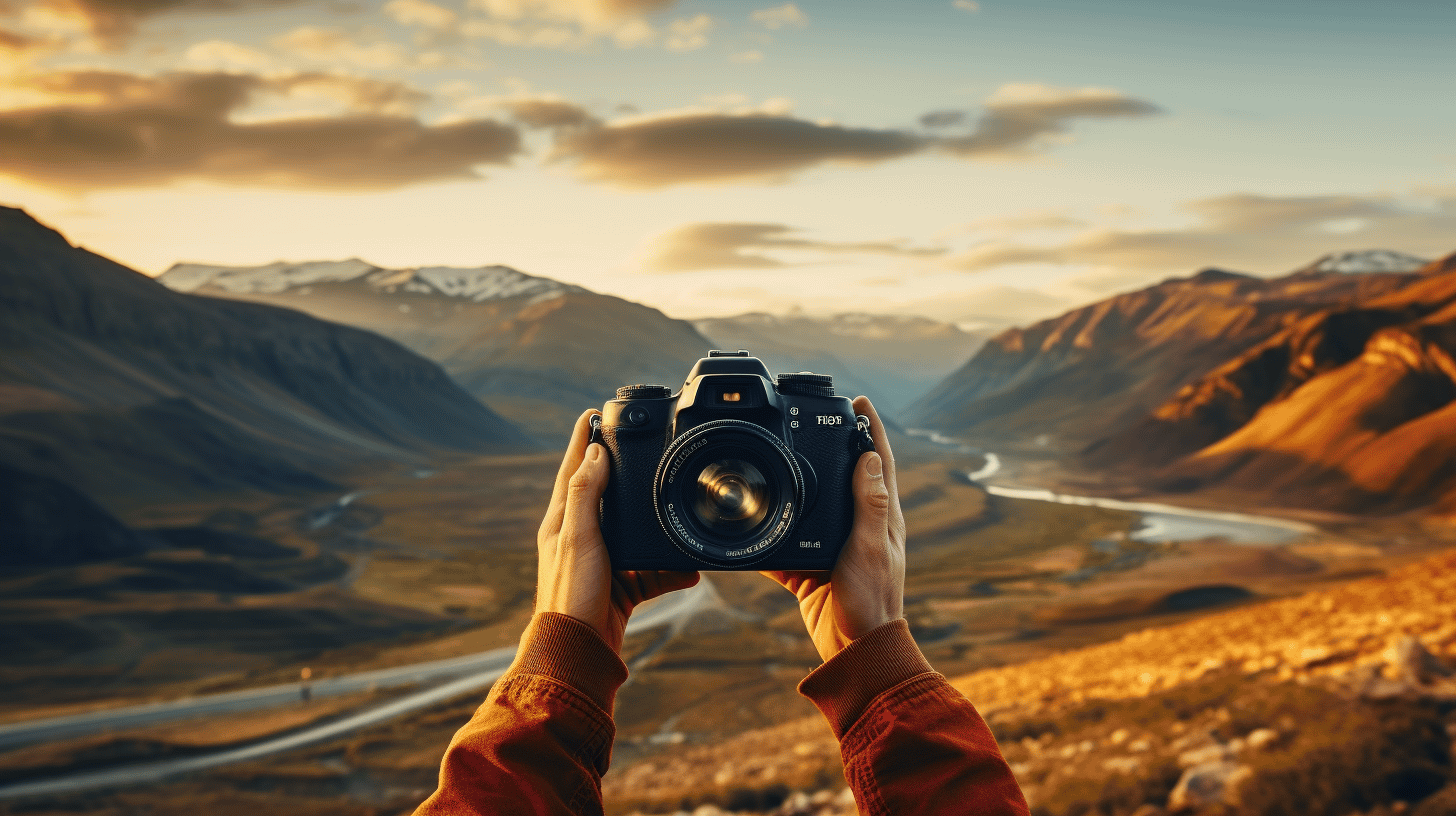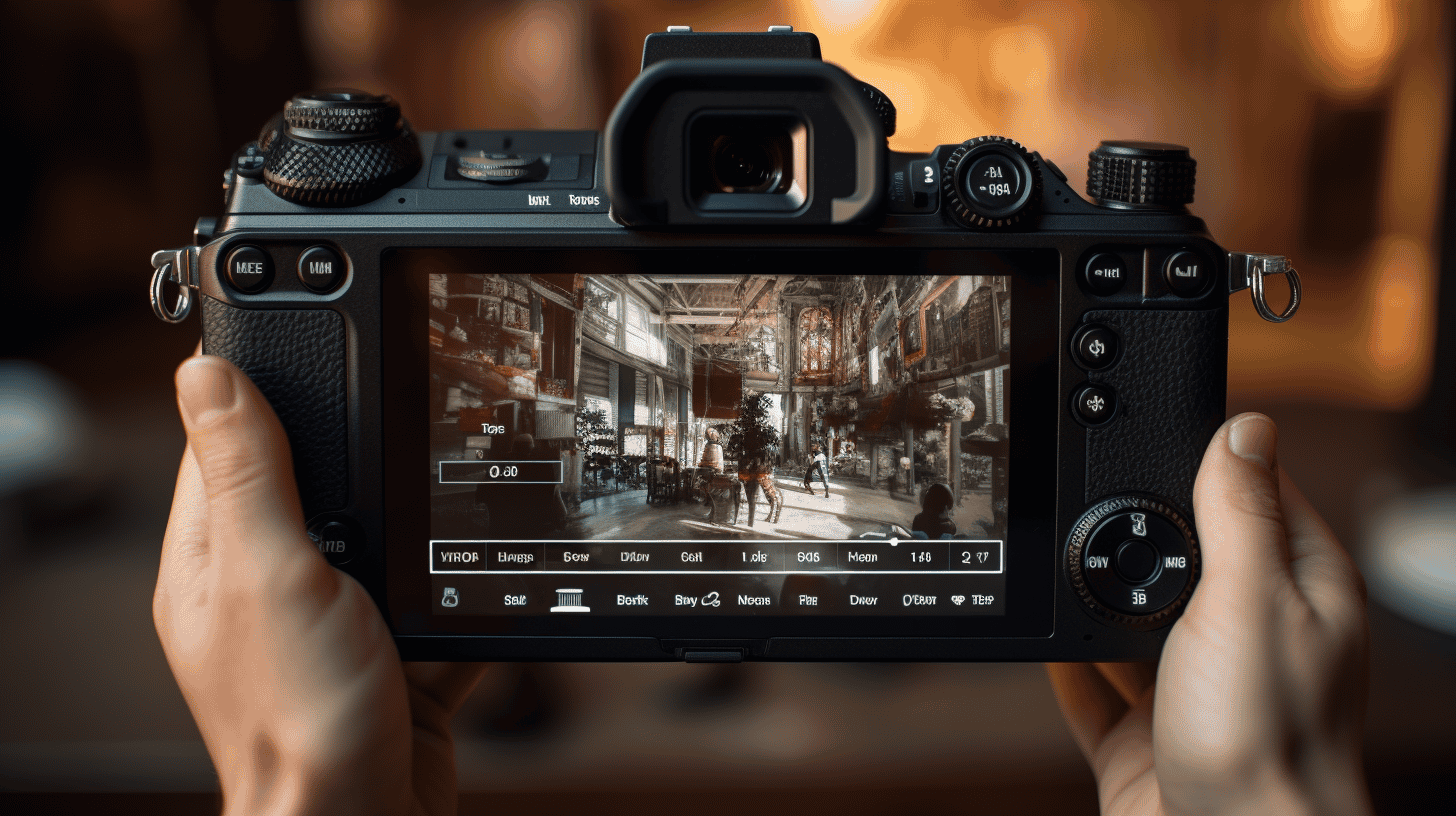Photography has come a long way since the first cameras, and with smart gadgets and AI-enhanced tools, even beginners can now capture breathtaking shots. In this guide, we will explore various AI-enhanced photography tools, tips, and techniques to help you master the art of smart gadget photography. Whether you’re a professional photographer or a hobbyist, learning how to harness these cutting-edge tools can revolutionize your photography game.
Table of Contents
- First Steps to Mastering Smart Gadget Photography
- Optimizing Camera Settings for AI Tools
- Best Smartphone Apps for AI-Enhanced Photography
- Post-Processing with AI-Based Editing Software
- AI-Assisted Composition Techniques
- Understanding AI Lighting Solutions
- Frequently Asked Questions
First Steps to Mastering Smart Gadget Photography
The key to mastering smart gadget photography is understanding your tools, knowing how to use them effectively, and learning when to rely on their AI capabilities. The following guidelines offer a solid foundation to build upon:
- Understand the capabilities of your camera: Not all smart gadgets have the same features, so take the time to research your camera’s AI functions and how they improve image quality.
- Study the basics of photography: While AI can enhance your photos, a solid understanding of photography principles (such as composition, lighting, and exposure) will always be beneficial.
- Experiment and practice: The more you practice, the more you’ll learn. Experiment with different AI features to see what works best for your particular photography style.
Optimizing Camera Settings for AI Tools
Many smart gadgets and cameras have built-in AI features that can adjust settings for optimal results. Here are some of the most useful:
Autofocus
Most cameras offer autofocus systems capable of detecting faces or even eyes in real-time, ensuring sharp focus in portrait shots. These AI-driven autofocus settings can help you capture sharp, in-focus images even in challenging conditions.
Scene Recognition
AI-powered scene recognition can identify different objects and scenes, automatically adjusting settings such as aperture, shutter speed, and ISO for the best result. This can be especially useful for beginners, as it removes the need to manually choose the perfect settings for each scene.
Best Smartphone Apps for AI-Enhanced Photography
Many smart gadget photography enthusiasts rely on smartphone apps to make their images stand out. Here are some of the best apps for AI-enhanced photography:
- Adobe Lightroom Mobile: This powerful app offers AI-driven editing features, such as automatic object selection, cropping, and exposure adjustments.
- Prisma: Prisma uses AI to transform your photos into unique art pieces by applying various artistic styles.
- DeepArt.io: With AI-driven style transfer technology, DeepArt.io allows users to turn their photos into artwork inspired by famous painters.
- Google Lens: Google’s AI-powered tool recognizes objects and delivers information about them, helping photographers to understand their subjects better and adjust compositions accordingly.
Spectre: This app utilizes AI to create stunning long-exposure shots, a technique that usually requires manual adjustments and specialized equipment.
Post-Processing with AI-Based Editing Software
AI-powered editing software can streamline and simplify your post-processing workflow, resulting in professional-level image enhancements. Some of the top options include:
- Skylum Luminar: Luminar’s AI-driven tools, such as Accent AI and AI Sky Enhancer, automatically improve colors, details, and contrast in photos.
- Topaz Labs DeNoise AI: This software uses AI to reduce noise while preserving detail, making it a valuable tool for night or low-light photography.
- Anthropics PortraitPro: Aimed at portrait photographers, PortraitPro uses AI to detect facial features, making retouching and enhancements more accurate and natural-looking.
- Adobe Photoshop: With AI-powered tools like Content-Aware Fill and Neural Filters, Photoshop makes it easier to remove unwanted objects, correct colors, and add creative effects to your photos.
AI-Assisted Composition Techniques
AI technology can also help you achieve better compositions in your images, guiding you on aspects like framing, subject placement, and even predicting the best moments to capture. Here are some AI-driven composition tools:
- Smartphone-based AI composition advisers: Some smartphones, such as Huawei’s P series, come with AI-powered composition guides that suggest framing options based on the detected scene or subject.
- Apps with AI-driven cropping suggestions: Apps like Adobe Lightroom Mobile and Google Photos can analyze your images and provide cropping suggestions to improve composition.
- Real-time scene analysis: Modern cameras and smartphones can analyze a scene in real-time, identifying subjects, objects, and lighting conditions. This data can be used to predict the best moments or compositions before capturing the image.
Understanding AI Lighting Solutions
AI technology has the power to improve lighting in your images, particularly in difficult or low-light conditions. Some of the most significant advancements include:
- AI-assisted HDR (High Dynamic Range) imaging: Many cameras and smartphones now use AI-enabled HDR techniques, which combine multiple exposures to create a single image with better dynamic range and balanced lighting.
- AI-powered Night Mode: Modern smartphone cameras can use AI algorithms to brighten images in low-light environments without compromising details and colors.
- Advanced Flash Control: Some cameras now offer AI-powered flash systems that automatically determine the best flash exposure for your subject, providing better illumination and reducing the risk of overexposure.
Frequently Asked Questions
Do AI-enhanced photography tools only work with high-end cameras?
No, AI-enhanced photography tools are available for a wide range of cameras and smartphones, including entry-level and mid-range models. Some features, such as advanced autofocus systems and scene recognition, may be more prevalent in high-end models, but many AI tools can also be found in affordable smart gadgets.
Can I rely solely on AI tools to improve my photography skills?
AI tools can significantly enhance your images and streamline your workflow. However, they shouldn’t replace your understanding of photography fundamentals. Learning the basics of exposure, composition, and lighting will help you make more informed decisions when using AI tools, resulting in even better images.
Do AI photography features consume more battery life?
AI-enhanced features may put more strain on your camera or smartphone’s CPU, leading to increased battery consumption. However, this impact is generally minimal, and the advantages offered by these features often outweigh the slight decrease in battery life.
Are there any concerns or drawbacks to using AI in photography?
While AI advancements offer numerous benefits to photographers, there may also be some concerns, such as:
- Loss of creative control: Relying too heavily on AI-driven tools can limit creative input and result in images that lack a personal touch.
- Potential privacy issues: Some AI systems, including facial recognition software, can raise privacy concerns when used inappropriately or without the subject’s consent.
- Lower-quality AI solutions: Not all AI implementations in photography are created equal, so some tools may not provide optimal results or could negatively impact image quality.
By being thoughtful about when and how to use AI tools in photography, these concerns can be mitigated.
Is AI really capable of replicating the work of an experienced photographer?
AI can significantly improve image quality and streamline workflows, but it cannot fully replicate the creative intuition and experience of a skilled photographer. AI tools can provide valuable assistance, but understanding the art and craft of photography will always be essential for capturing truly unique and compelling images.
In conclusion, AI-enhanced tools have the potential to revolutionize your photography, improving image quality and simplifying post-processing workflows. By understanding the possibilities these tools provide and incorporating them into your photography practice, you can master the art of smart gadget photography and take your skills to new heights.




0 Comments